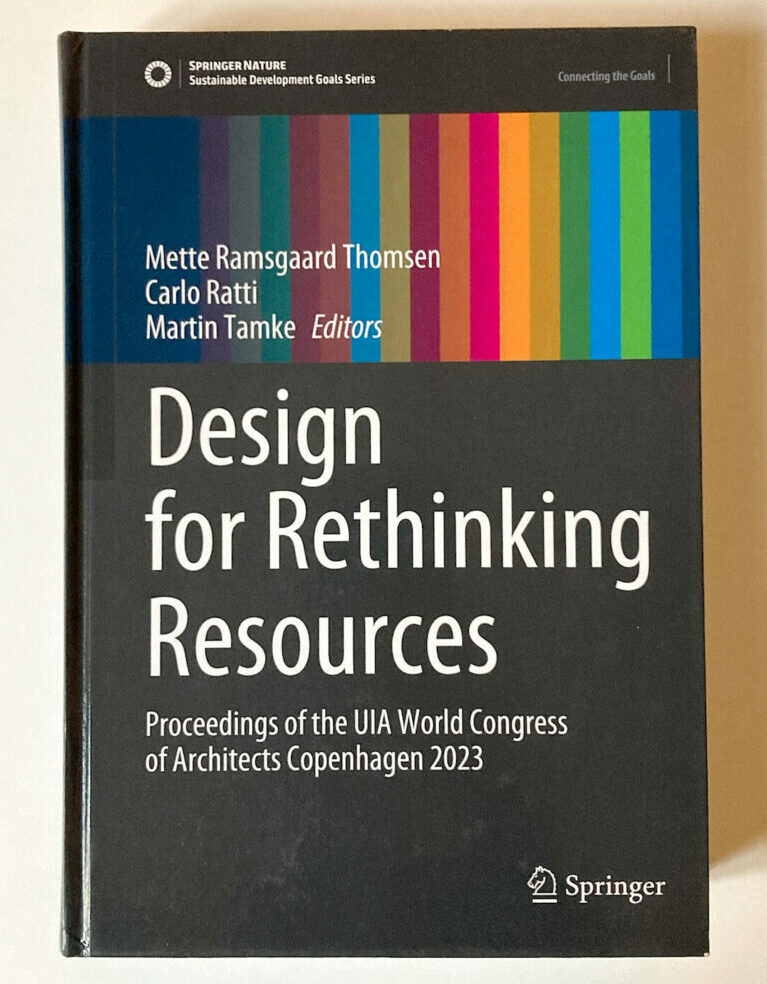


 High-Tech meets Low-Tech, a research paper presented by Andrea Veglia and Francesca Thiébat at the UIA World Congress of Architects in Copenhagen has been published in Mette Ramsgaard Thomsen, Carlo Ratti and Martin Tamke (eds.), Design for Rethinking Resources, Springer, 2023. The essay takes PAT.’s Bricolla farmhouse as a case study in life cycle thinking and an attempt to reconcile high technology and artisanal techniques in order to reduce the carbon footprint of new buildings.
High-Tech meets Low-Tech, a research paper presented by Andrea Veglia and Francesca Thiébat at the UIA World Congress of Architects in Copenhagen has been published in Mette Ramsgaard Thomsen, Carlo Ratti and Martin Tamke (eds.), Design for Rethinking Resources, Springer, 2023. The essay takes PAT.’s Bricolla farmhouse as a case study in life cycle thinking and an attempt to reconcile high technology and artisanal techniques in order to reduce the carbon footprint of new buildings.
(Abstract) The quest toward a sustainable architecture from the early 70s onward highlights two seemingly non-compatible streams: the believers in the salvific potential of high technology and the partisans of low-tech, artisanal techniques. Those approaches were clear in the pages of Architectural Design, which published a melting pot of projects pushing for precision engineering and off-site fabrication along with experiments of constructions in garbage and salvaged materials. Designers in the first batch gave birth to the high-tech of the 80s, while those who dirtied their hands with mud looked naïve dreamers. Are these two approaches irreconcilable, or through a fusion of low-tech and high-tech, can we find a way to solve some of our struggles? This is the question we faced when we set to design a farmhouse. Life cycle thinking informs the process and gives life to an approach where the building is seen as an active system of material, energy, and social transformation, an act that requires the involvement of the architects in understanding the production chain of the building, activating dynamics of circular economy. The walls of the ground floor exploit the combination of two local crafts: lime and hemp, a century-old cultivation typical of the area that is now being reintroduced contributing to biodiversity. By placing the sleeping quarters in a lightweight, kit of parts enclosure designed for deconstruction on top of massive living areas, the design looks for creative ways to reduce operational energy while at the same time minimizing embodied carbon.